What is Going Long?
Going long (buying) means purchasing an asset with the expectation that its price will rise in the future, allowing the trader to sell it later at a higher price. A trader who opens a long position is considered “bullish” on the asset. Instead of passively holding, traders buy and hold assets to profit from price increases. Thus, going long is a common strategy to benefit during upward market trends.
-
Almost all financial markets (stocks, commodities, forex, and cryptocurrencies) allow long positions. Retail investors and hedge funds often use “buy low, sell high” strategies.
-
Long positions let traders capture profits when prices go up, making it an active and optimistic investment strategy.
-
The opposite of a long position is a short position, where traders sell assets expecting to buy them back later at a lower price.
What is Going Short?
Going short (short selling) means selling an asset with the expectation of buying it back later at a lower price. A trader who opens a short position is considered “bearish” on the asset. Instead of just waiting, traders use short-selling strategies to profit from price declines. Thus, going short is a way to make money when markets fall.
-
Short selling exists across all financial markets, including stocks, commodities, forex, and crypto. Hedge funds and professional trading firms frequently rely on short strategies.
-
Short positions allow traders to profit from falling prices and serve as an effective way to hedge against downside risks.
-
The opposite of a short position is a long position, where traders buy assets expecting to sell them later at a higher price.



